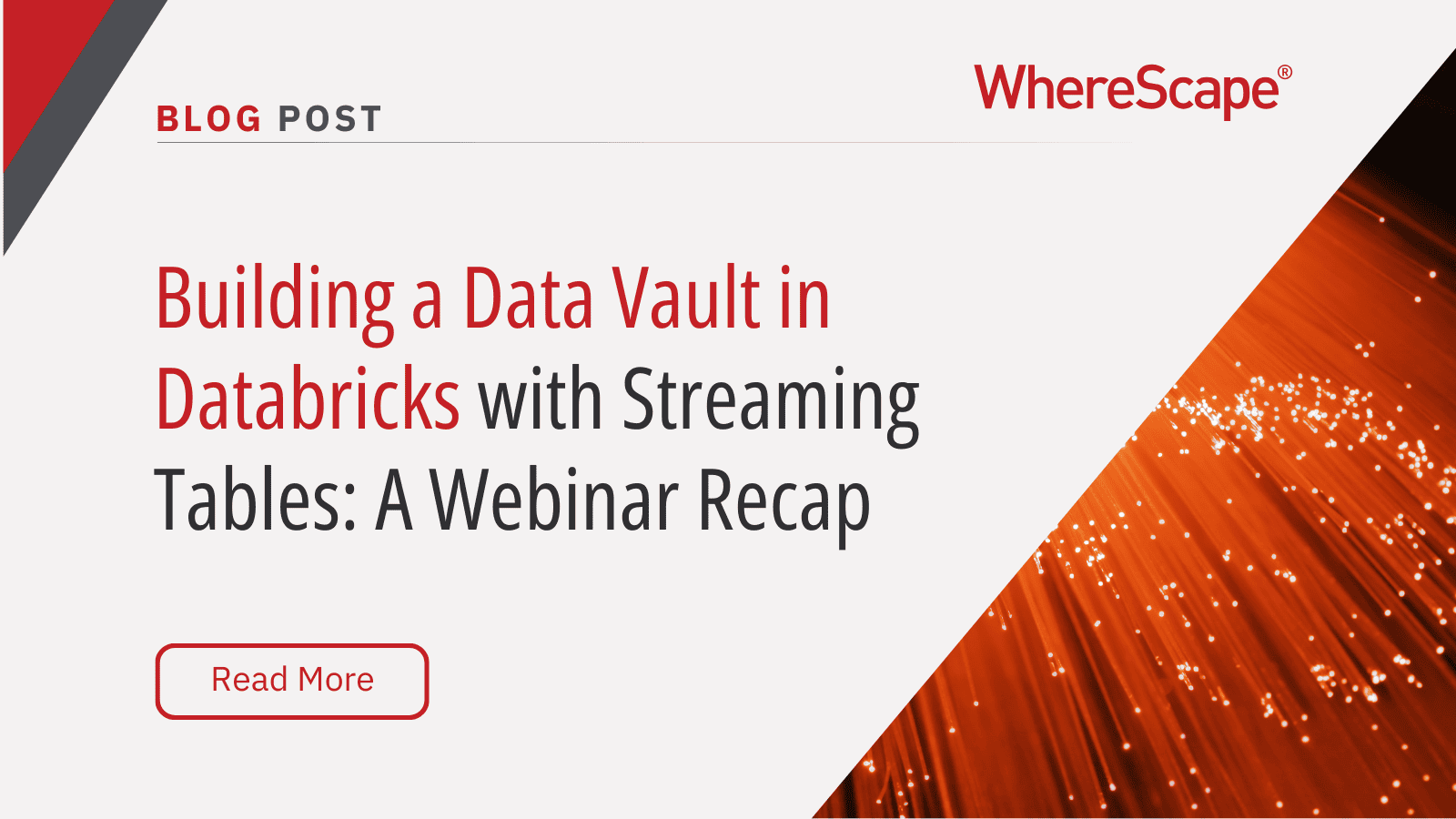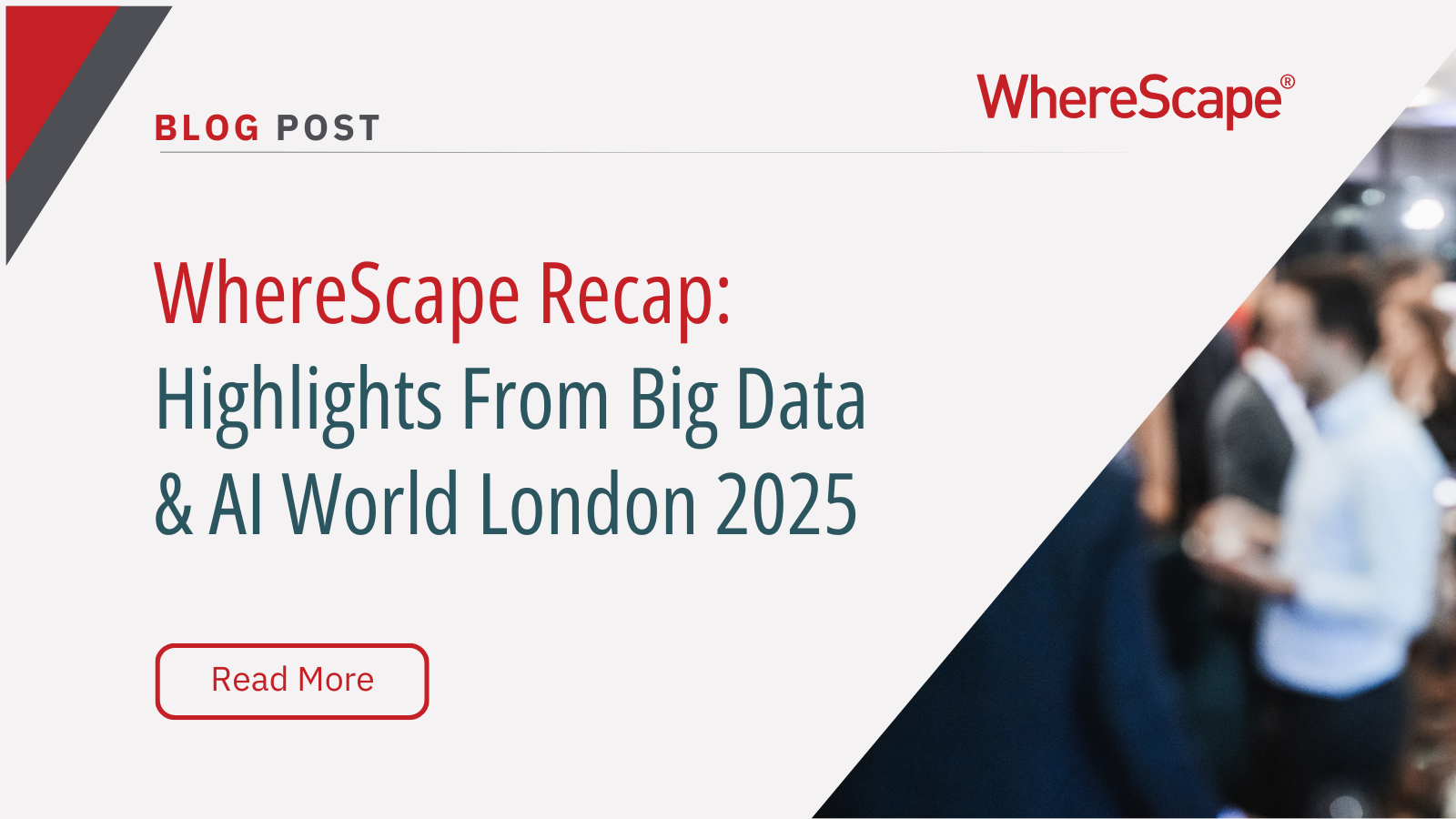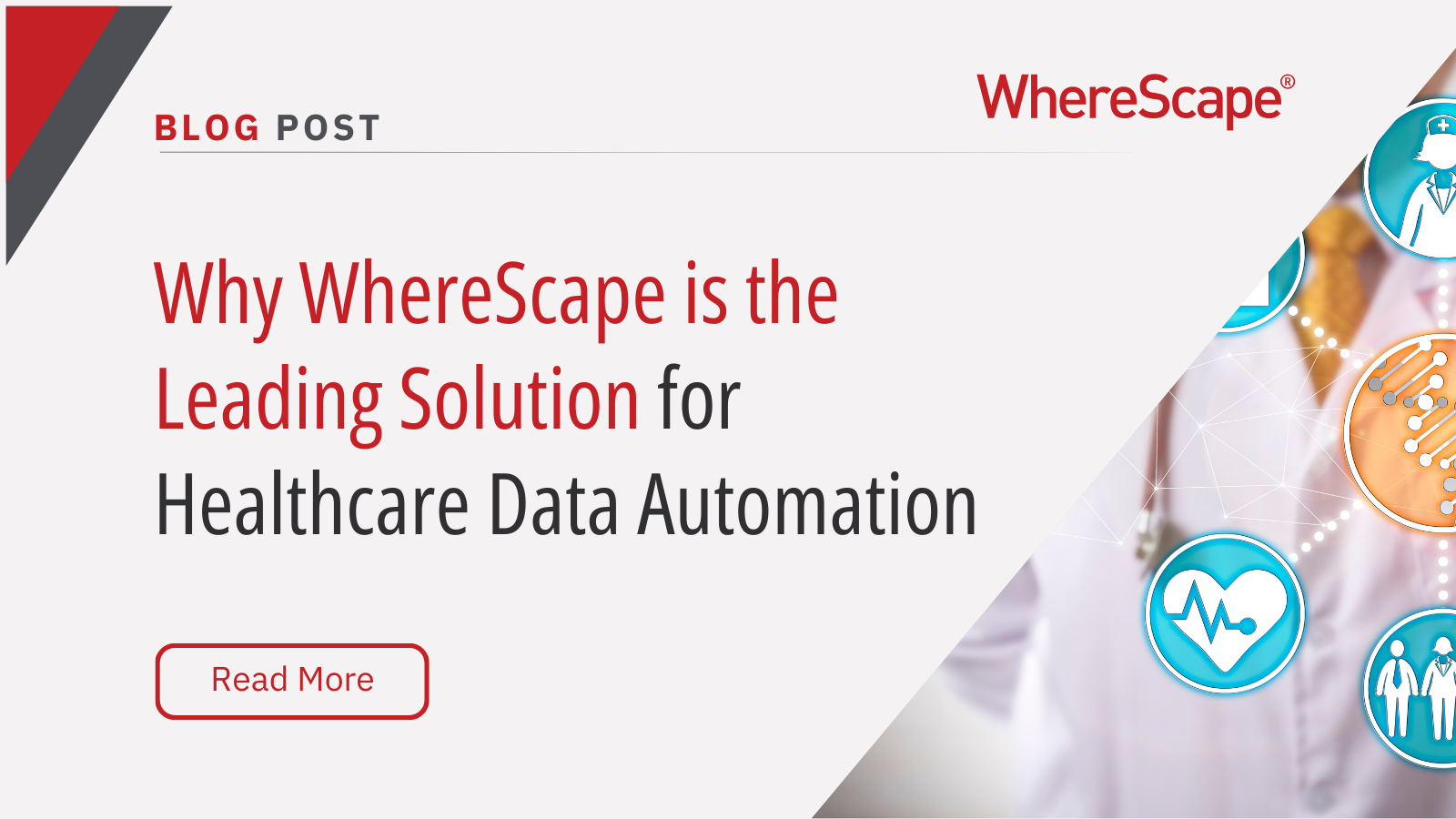Join us for a 60-minute live demo of...
Gartner® Insights: Microsoft Fabric as a Unified Data & Analytics Platform
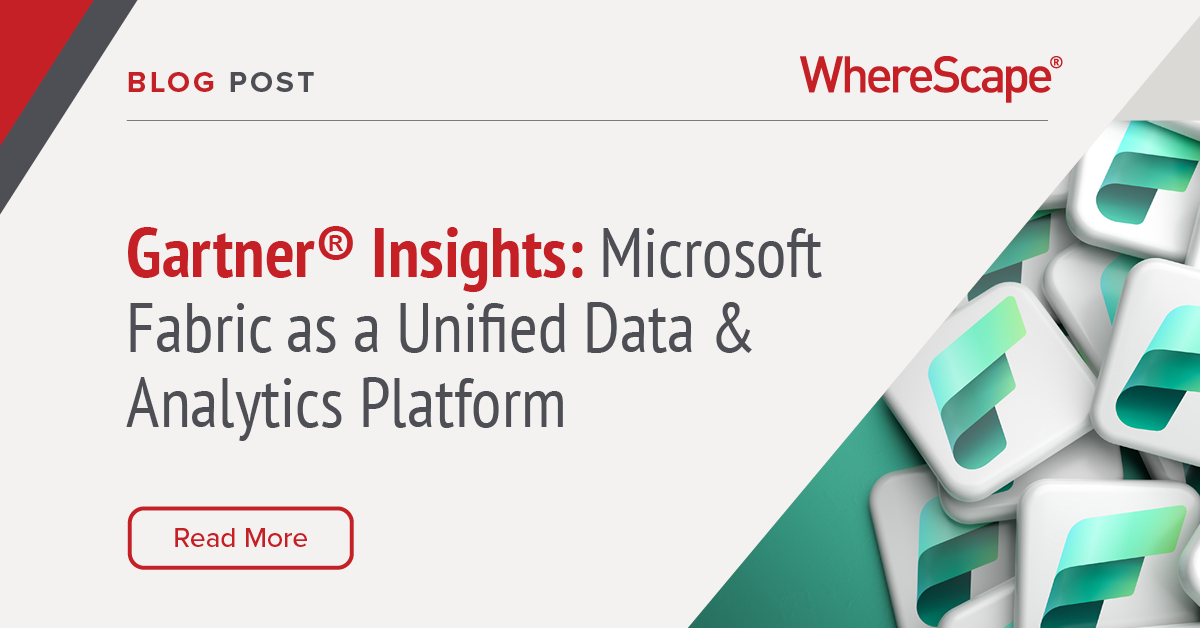
Are you ready to revolutionize your data management strategy with a platform that promises to simplify and enhance your operations? According to a Gartner poll, 43% of respondents believe that the data and analytics ecosystem will significantly influence their choice of analytics and business intelligence platform in the coming year.
At WhereScape Data Automation, we are excited to share insights from Gartner’s latest report, authored by Zain Khan, Robert Thanaraj, and Ramke Ramakrishnan, which provides an in-depth analysis of Microsoft Fabric—a cutting-edge data and analytics platform designed for the Azure public cloud.
Key Features of Microsoft Fabric

Unified Platform
Microsoft Fabric marks a significant shift from composable data and analytics architectures to a unified, platform-centric ecosystem. This transition simplifies operations by integrating Azure’s core data and analytics services—Azure Data Factory, Synapse SQL, and Power BI—into a cohesive platform. This integration enhances functionality and streamlines workflows.
Integrated Services
Microsoft Fabric pre-integrates various Azure services, reducing the manual effort required for engineering and integration. This pre-integration includes data engineering (Azure Data Factory and Spark), data warehousing (Synapse SQL), machine learning (Synapse Data Science and SynapseML), and business intelligence (Power BI). Additionally, new components like Data Activator and Copilot (both in preview) are being introduced, promising to redefine data interaction and automation within cloud environments.
Multi-cloud Flexibility
One of the standout features of Microsoft Fabric is its capability to manage data across multiple clouds, including AWS and Google Cloud. This broadens the scope of data management and allows organizations to leverage their existing investments in different cloud platforms.
Emerging Technologies
Microsoft Fabric incorporates cutting-edge technologies such as Data Activator and Copilot. Data Activator is a no-code data monitoring and alerting service for data and platform drift, while Copilot provides an AI-powered natural language query interface for code generation, pipeline authoring, and Power BI report creation. These technologies are set to revolutionize how data professionals interact with and automate data processes.
Strategic Considerations

Deploying Microsoft Fabric comes with several strategic considerations. Organizations need to understand the migration pathways from existing setups, the cost implications, and the evolving role of Microsoft Fabric within Microsoft’s ecosystem. The platform’s new capacity-based pricing model is another crucial aspect to consider, offering reserved pricing for predictable workloads and pay-as-you-go for highly variable workloads.
Addressing Common Challenges
Despite its numerous advantages, Microsoft Fabric also faces some challenges:
- Data Governance and Metadata Management: Currently, Microsoft Fabric has gaps around data governance execution, metadata management, data lineage, and observability. Microsoft Purview’s role in relation to Microsoft Fabric is still in preview, leaving some uncertainties in comprehensive governance strategies.
- Migration Pathways: Migrating to Microsoft Fabric from existing on-premises data management solutions, such as Microsoft SQL Server Big Data Clusters, can be challenging. The lack of detailed migration information necessitates thorough planning and testing to ensure a smooth transition. Fortunately, WhereScape specializes in platform migrations and mitigates these risks through their automation tools and implementation experts.
- Component Maturity and Integration: Evaluating the maturity of Microsoft Fabric’s components and their integration with existing systems is essential. Organizations need to assess whether the unified platform offers a better solution than a composable setup that allows for more customization and control.
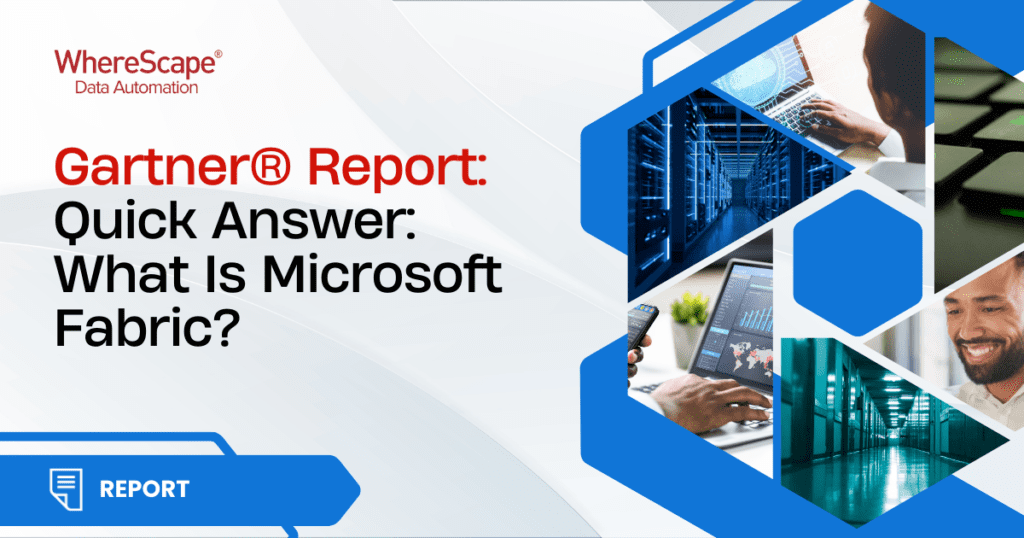
Maximizing the Benefits of Microsoft Fabric for Your Cloud Strategy
Microsoft Fabric represents a fundamental shift in Microsoft’s data and analytics vision, moving beyond composable setups to a unified, pre-integrated platform. Microsoft Fabric offers a streamlined, efficient approach to data management and analytics for companies leveraging Azure’s cloud infrastructure. However, it is essential to consider the strategic implications, potential challenges, and readiness of your organization before adopting this new platform.
At WhereScape, we are dedicated to helping you navigate the complexities of modern data platforms. Understanding and leveraging Microsoft Fabric effectively can provide a significant competitive edge. To gain a deeper understanding of the capabilities and strategic impact of Microsoft Fabric, download the full Gartner report and equip yourself with the knowledge to drive your company’s cloud strategy forward.
Download the Gartner Report on Microsoft Fabric here!
By Zain Khan, Robert Thanaraj, and Ramke Ramakrishnan, February 13, 2024
Gartner is a registered trademark and service mark of Gartner, Inc. and/or its affiliates in the U.S. and internationally and is used herein with permission. All rights reserved.
Automating Data Vault in Databricks | WhereScape Recap
Automating Data Vault in Databricks can reduce time-to-value by up to 70%—and that’s why we hosted a recent WhereScape webinar to show exactly how. At WhereScape, modern data teams shouldn't have to choose between agility and governance. That's why we hosted a live...
WhereScape Recap: Highlights From Big Data & AI World London 2025
Big Data & AI World London 2025 brought together thousands of data and AI professionals at ExCeL London—and WhereScape was right in the middle of the action. With automation taking center stage across the industry, it was no surprise that our booth and sessions...
Why WhereScape is the Leading Solution for Healthcare Data Automation
Optimizing Healthcare Data Management with Automation Healthcare organizations manage vast amounts of medical data across EHR systems, billing platforms, clinical research, and operational analytics. However, healthcare data integration remains a challenge due to...
WhereScape Q&A: Your Top Questions Answered on Data Vault and Databricks
During our latest WhereScape webinar, attendees had fantastic questions about Data Vault 2.0, Databricks, and metadata automation. We’ve compiled the best questions and answers to help you understand how WhereScape streamlines data modeling, automation, and...
What is Data Fabric? A Smarter Way for Data Management
As of 2023, the global data fabric market was valued at $2.29 billion and is projected to grow to $12.91 billion by 2032, reflecting the critical role and rapid adoption of data fabric solutions in modern data management. The integration of data fabric solutions...
Want Better AI Data Management? Data Automation is the Answer
Understanding the AI Landscape Imagine losing 6% of your annual revenue—simply due to poor data quality. A recent survey found that underperforming AI models, built using low-quality or inaccurate data, cost companies an average of $406 million annually. Artificial...
RED 10: The ‘Git Friendly’ Revolution for CI/CD in Data Warehousing
For years, WhereScape RED has been the engine that powers rapidly built and high performance data warehouses. And while RED 10 has quietly empowered organizations since its launch in 2023, our latest 10.4 release is a game changer. We have dubbed this landmark update...
The Assembly Line for Your Data: How Automation Transforms Data Projects
Imagine an old-fashioned assembly line. Workers pass components down the line, each adding their own piece. It’s repetitive, prone to errors, and can grind to a halt if one person falls behind. Now, picture the modern version—robots assembling products with speed,...
The Role of Clean Data in AI Success: Avoiding “Garbage In, Garbage Out”
Co-authored by infoVia and WhereScape Artificial Intelligence (AI) is transforming industries across the globe, enabling organizations to uncover insights, automate processes, and make smarter decisions. However, one universal truth remains: the effectiveness of any...
What is a Cloud Data Warehouse?
As organizations increasingly turn to data-driven decision-making, the demand for cloud data warehouses continues to rise. The cloud data warehouse market is projected to grow significantly, reaching $10.42 billion by 2026 with a compound annual growth rate (CAGR) of...
Related Content
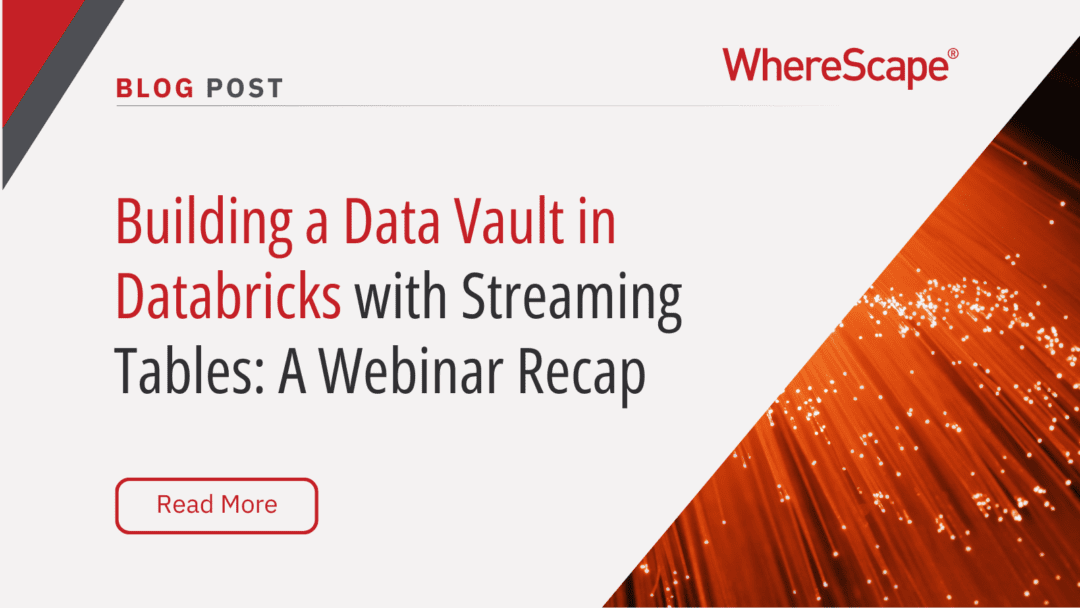
Automating Data Vault in Databricks | WhereScape Recap
Automating Data Vault in Databricks can reduce time-to-value by up to 70%—and that’s why we hosted a recent WhereScape webinar to show exactly how. At WhereScape, modern data teams shouldn't have to choose between agility and governance. That's why we hosted a live...
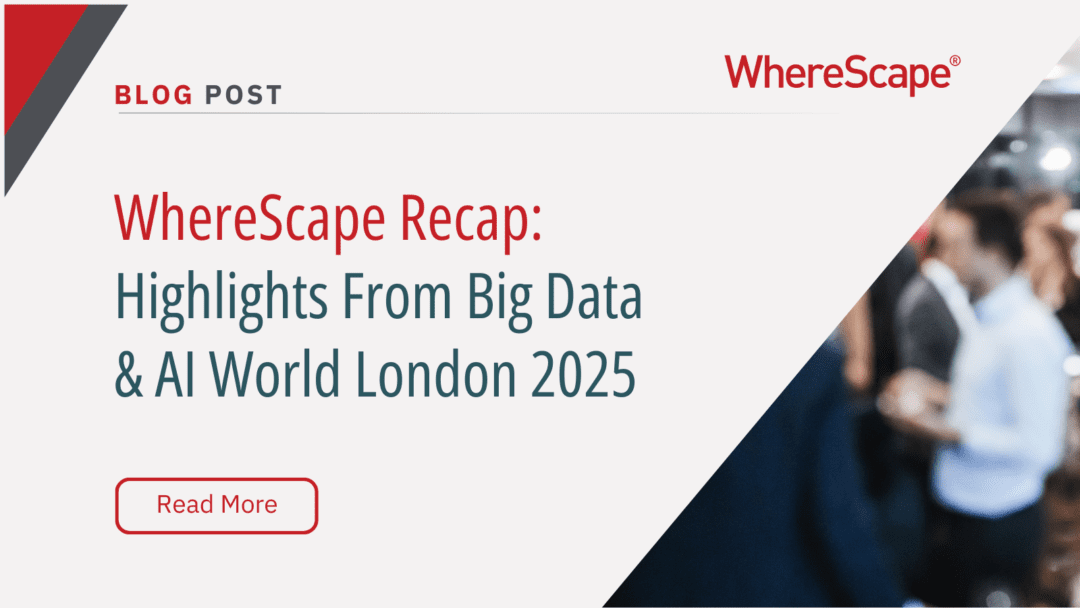
WhereScape Recap: Highlights From Big Data & AI World London 2025
Big Data & AI World London 2025 brought together thousands of data and AI professionals at ExCeL London—and WhereScape was right in the middle of the action. With automation taking center stage across the industry, it was no surprise that our booth and sessions...
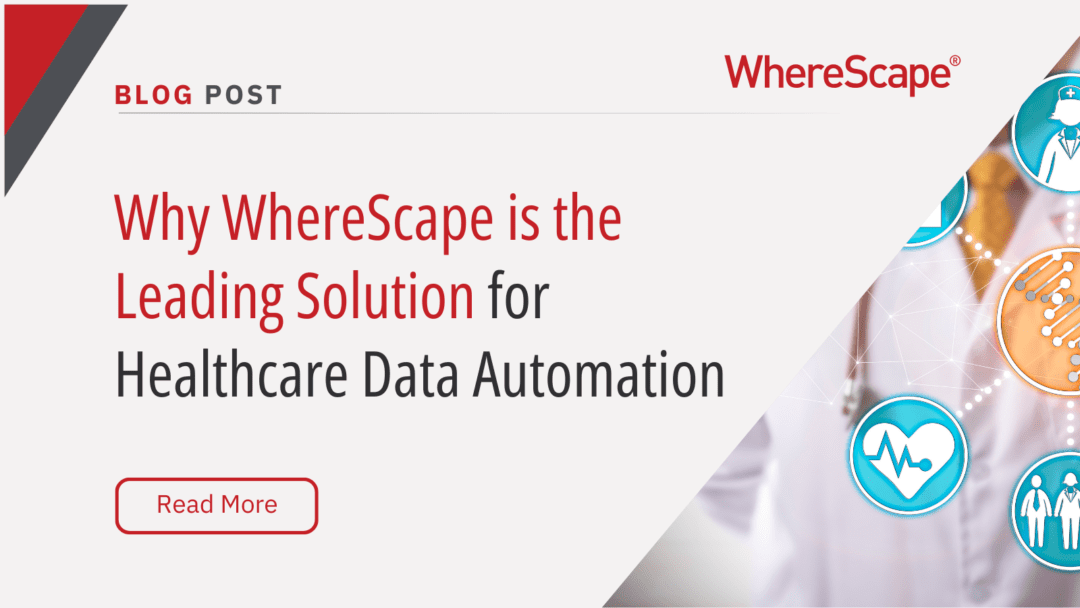
Why WhereScape is the Leading Solution for Healthcare Data Automation
Optimizing Healthcare Data Management with Automation Healthcare organizations manage vast amounts of medical data across EHR systems, billing platforms, clinical research, and operational analytics. However, healthcare data integration remains a challenge due to...
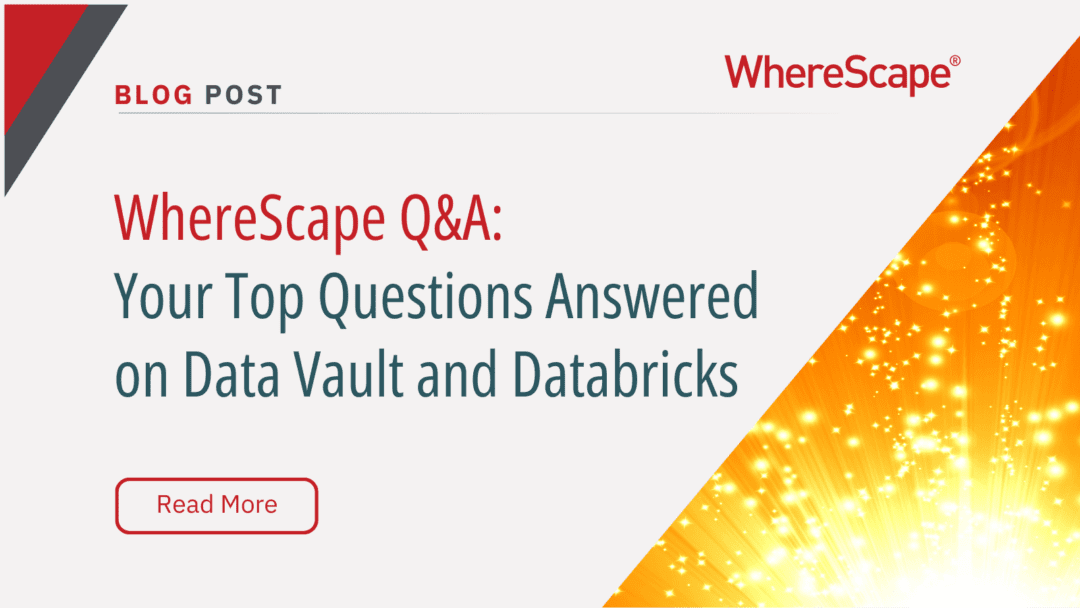
WhereScape Q&A: Your Top Questions Answered on Data Vault and Databricks
During our latest WhereScape webinar, attendees had fantastic questions about Data Vault 2.0, Databricks, and metadata automation. We’ve compiled the best questions and answers to help you understand how WhereScape streamlines data modeling, automation, and...


